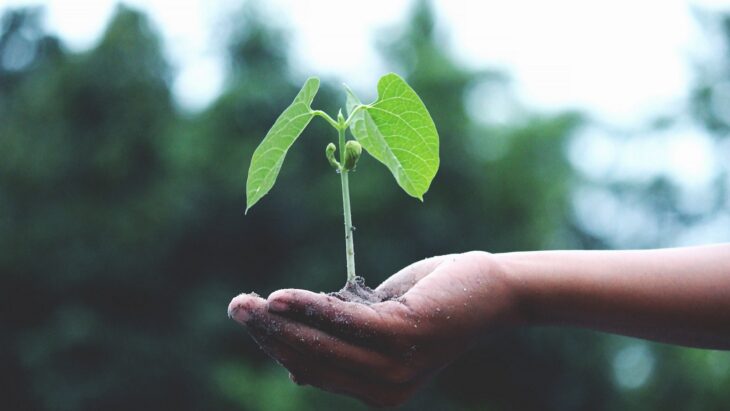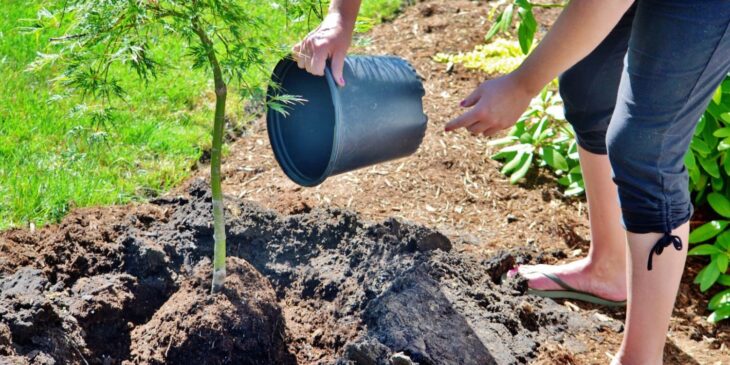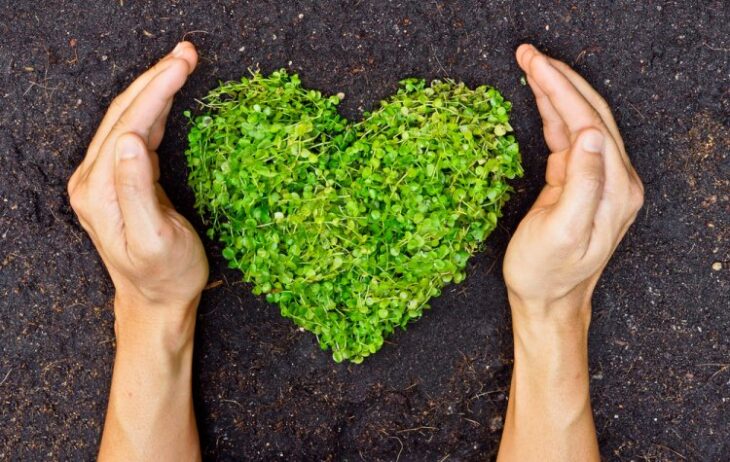It is undeniable that climate change has been having dramatic effects on our planet, natural areas, ecosystems, and species’ wellbeing. At the same time, experts are working hard to design solutions that can reverse the negative impact of pollution, deforestation, and natural resource exploitation. These are only concepts so far, but global temperatures are rising fast. According to www.integritytreepros.com, this issue has led to the dilemma of whether planting trees can save our planet.
Contents
The Power of Trees

Source: unenvironment
While we might not always realize it or think about it, trees are one of the most critical resources all species thrive on. They provide food, oxygen, and shelter, as well as resting entire ecosystems for both humans and animals.
Additionally, trees are responsible for supporting wildlife and cleaning the air. They do so by absorbing carbon dioxide and releasing clean oxygen, which is what we breathe. Therefore, as the global number of trees decreases, the air quality starts to worsen, which is why many of us today have asthma, respiratory conditions, and other chronic or long-term lung diseases. The situation is also further aggravated by the increasing amount of pollution and greenhouse gasses produced nowadays.
While these facts indicate how essential trees are to sustain our ecosystem, they also cover other vital functions. These include the ability to preserve soil and control the effects of climate on entire territories. Ultimately, the decreasing number of trees and green lands worldwide is a significant contributor to the worsening of the air quality and global environment.
How many trees do we need to plant to save the planet?

Source: wbur
A study conducted by the International Panel on Climate Change in 2018 suggested that we need to plant about 1 billion hectares worldwide only to prevent the planet from warming by just 1.5℃. These are equivalent to 2.5 billion acres, or over 1 trillion trees.
Following the report, several initiatives and organizations have been launched across the world to attempt to restore the beauty and power of forests and green lands. Undoubtedly, some positive results have been perceived over time, and today there are more trees on the planet than 30 years ago. However, we are still far away from the one billion-trees target.
The challenges

Source: wholesomeculture
There are several challenges that initiatives and organizations committed to planting more trees are facing. Firstly, only 10% of the countries have accepted the Bonn Challenge and pledged to plant beneficial numbers of trees.
Moreover, the question of where 2.5 billion acres could be planted still stands. While all of us might be making an effort to make our cities and gardens greener, planting trees to start seeing a difference in the climate conditions is still very high.
Planting trees can save the planet, but not without other changes

Source: eventbrite
While these considerations should not stop anybody from planting trees, there are also other significant changes to be implemented to protect our planet. Waiting for a viable solution while the planet’s situation is worsening every month can lead to even more catastrophic consequences. In any case, seedlings and young plants can take years, or decades, to develop into adult trees.
Therefore, there are some changes that we should all embrace to stop deforestation and pollution, and ultimately save the planet. Firstly, acquiring information and knowledge about what is causing these the effects we are dealing with today is essential.
Unsustainable cattle ranching and livestock farming are responsible for over 80% of the current deforestation rates in the Amazon. Aside from enlarging the carbon level in the atmosphere by 340 million tons of carbon per year, these industries increase the risk of fires, destruction ecosystems, and threaten the wellbeing of all species.
Of course, planting trees, avoid flying, and taking short showers might be beneficial steps everybody can take towards a more sustainable lifestyle. However, it is impossible animal agriculture is the second leading contributor to greenhouse gasses and the first cause of deforestation.
Therefore, to prevent the number of trees from decreasing even further and causing even more catastrophic effects on the planet and various ecosystems, it is essential to reduce the number of animal products we consume and introduce in our lifestyles. Such a simple change can improve the natural resources at our disposal, such as water and land, and stop deforestation.
A little step toward restoring ecosystems

Source: integrativenutrition
Planting trees can be a beneficial step to improve air quality, climate, and environment of a location or territory. However, as we have seen, a significant impact can only be perceived after planting over a trillion trees across the world. In the meanwhile, by waiting to find enough space to plant these trees and for all countries to sign agreements, it might soon be too late to do something concrete to save the planet.
Therefore, all of us need to re-evaluate our lifestyle, implement drastic changes to be more sustainable, and to start to give back to nature. The global goal regarding the number of trees to plant might seem an unattainable expectation. However, avoiding worsening deforestation and natural resources’ exploitation can be even more beneficial than planting trees.
Ultimately, we already know that ecosystems can heal and recover is we allow them to do so. While it might take time and a little help, it could be sufficient to eliminate animal products from our diets and lifestyle to start seeing surprising changes. Alongside it, swapping plastic products for sustainable, recyclable, and reusable alternatives can help you decrease the amount of waste produced by the household that would otherwise end up in landfills.
Bottom line
Taking care of our planet might seem like a significant effort, but returning to a more straightforward way of living can be an easy solution to implement. While planting trees is undoubtedly an excellent gesture toward restoring the health of the planet, other chances are essential to start seeing the results we need within reasonable timeframes. These might include eating less meat, swapping plastic items for sustainable products, and make the most of the clothes already in your wardrobe.
